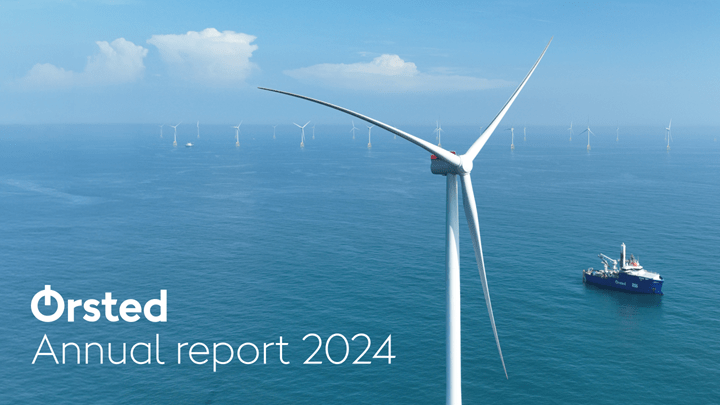Our tax footprint
At Ørsted, we’re transparent in our tax reporting and voluntarily use the GRI 207 standard as a basis for disclosure. This includes disclosing financial, economic, and tax-related information for each jurisdiction.
The map shows our total tax contribution in the countries in which we operate in two categories:
- Taxes borne: Represent a direct cost and are charged to the profit and loss account
- Taxes collected: Are generated by our operations, but do not constitute a tax liability for Ørsted. Ørsted generates the commercial activity that gives rise to the taxes and then collects and administers them on behalf of the tax authorities in the countries where we operate
We also differentiate four tax types:
- Profit tax:
These include taxes on company profits that are borne (such as corporate income tax or withholding taxes ultimately borne by the group on a consolidated level) and collected (such as withholding tax on payments to third parties).
- Property tax:
Taxes on employment, both borne and collected (including income tax and social security tax payments).
- People tax:
Taxes on employment, both borne and collected (including income tax and social security tax payments).
- Product tax:
Taxes on employment, both borne and collected (including income tax and social security tax payments).


